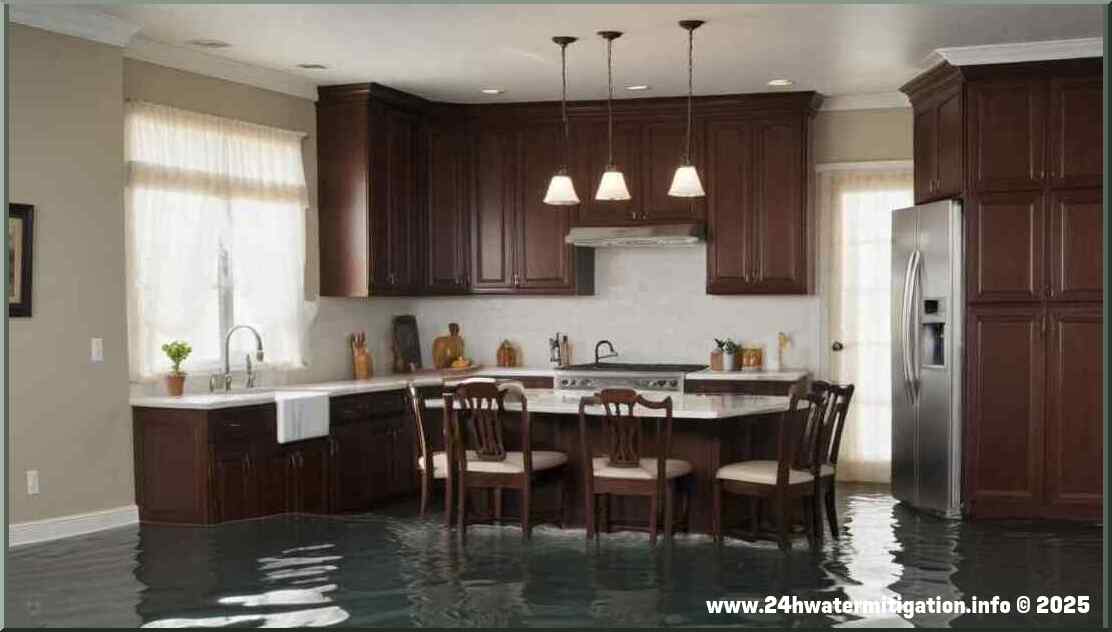
Understanding Infrared Technology:
Infrared imaging utilizes thermal radiation detection to create detailed images based on heat differences. By detecting temperature variances caused by moisture or dampness inside walls, ceilings, floors, or other structural elements following a flood event, professionals armed with infrared cameras gain crucial insights into affected areas that are invisible to the naked eye.
Time-Saving Benefits:
Traditional methods involve manually inspecting every nook and cranny for signs of moisture accumulation. This approach not only prolongs cleanup time but also comes with its limitations as it heavily relies on visible indications such as discoloration or mold growth.
However, using infrared technology drastically reduces this labor-intensive process by accurately pinpointing hidden water pockets quickly and efficiently without causing any damage to building materials. By identifying problem areas more precisely and expeditiously than ever before, specialists can expedite remediation efforts while significantly reducing downtime for homes and businesses affected by flooding.
Preventing Secondary Damages:
Locating all residual moisture within structures is paramount in preventing secondary issues like mold growth and compromised indoor air quality after flooding incidents. By swiftly surveying large surface areas beyond what meets the eye alone using advanced thermographic imagery techniques provided by infrared technology experts place an emphasis on protection against future problems stemming from these otherwise undetectable water sources.
Strategic Action Steps - Post Identification:
Once hidden water sources are identified through infrared technology, flood cleanup professionals can efficiently address these areas, ensuring comprehensive restoration. By using targeted drying techniques such as air movers or dehumidifiers based on the specific situation at hand, restorers can mitigate standing water and moisture remaining within the structure. This proactive approach minimizes overall damage and significantly reduces the risk of mold growth or structural compromise.
Infrared technology has revolutionized the flood cleanup industry by introducing an unmatched level of efficiency in locating hidden water sources swiftly and accurately. By utilizing this advanced imaging solution during post-flood restoration efforts, professionals can identify affected areas more precisely while expediting recovery timelines. The ability to detect hidden pockets of moisture that would otherwise go unnoticed ensures a thorough remediation process and helps avoid future issues like mold growth or potential structural damage caused by prolonged exposure to excess moisture. Employing infrared technology leads to comprehensive disaster relief for homeowners and businesses alike, leaving them with fully restored properties after a flooding event's aftermath.